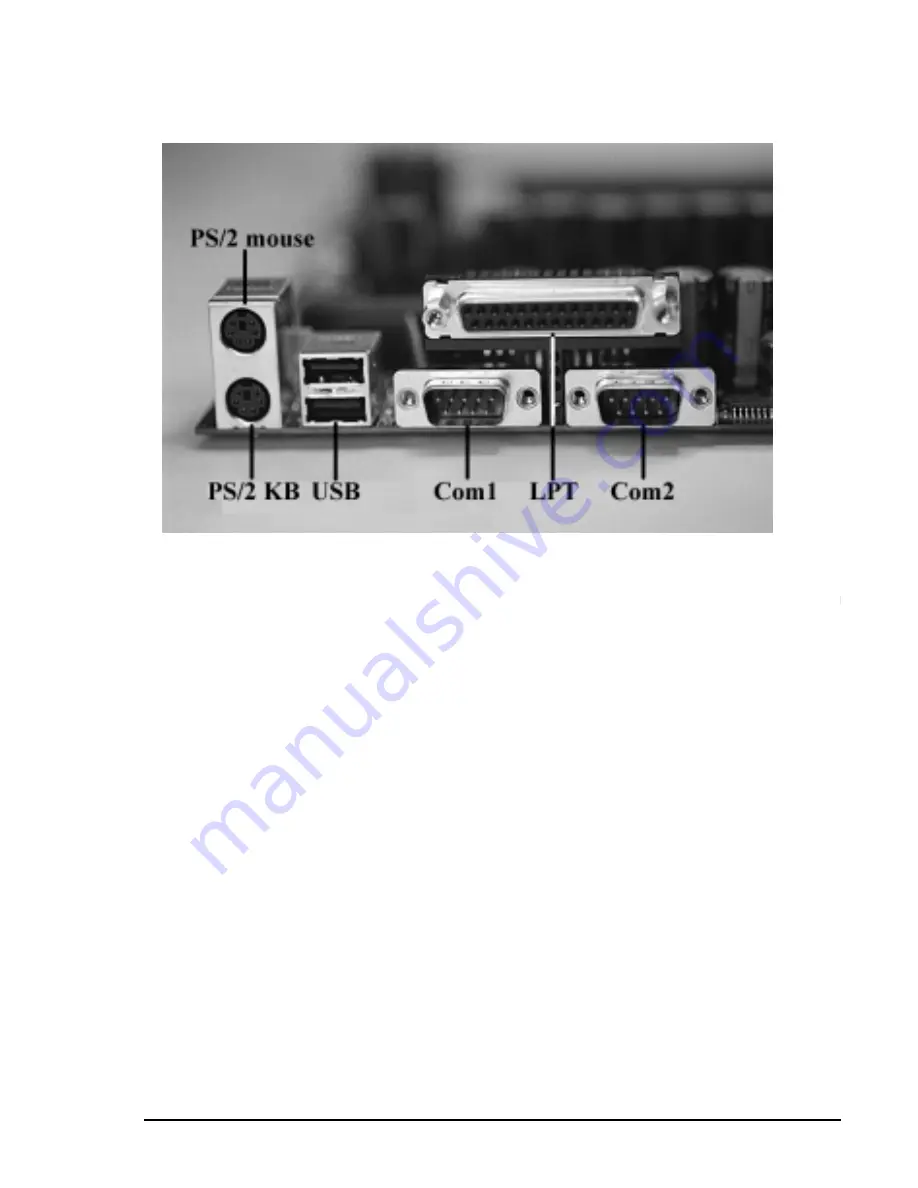
http://www.tyan.com
30
Chapter 2
Onboard Resource Settings
difficult, but by following these directions, you should have a fairly uneventful
time installing our products. If you do encounter problems, your dealer will be
able to help you, or you can consult one of our many technical support
resources (see page 7).
Frequently Asked Questions
Q: Why don’t I get a display after I put in my old DIMM module?
A: The 440BX chipset requires the memory manufacturer to program an
EEPROM chip with SPD (Serial Presence Detection) on the module in order for
the BIOS to program the 440BX’s timing registers properly. Your DIMM may
not have the EEPROM chip on the module, or the EEPROM may not contain
the correct program. Check with your memory vendor for details. The figure on
the following page shows a DIMM module with an EEPROM chip.
Q: My system sometimes becomes unstable. How should I check the system?
A: The first thing to do is to check and see if you have any device conflict in
address, IRQ, or DMA. If you are using Windows 95, the Device Manager is a
good place to start. Please consult your operating system manual for details.
Second of all, slowing down the memory timing in the BIOS’s chipset setup
section will help the situation, as well. Many memory modules are not suitable
Figure 2-17















































